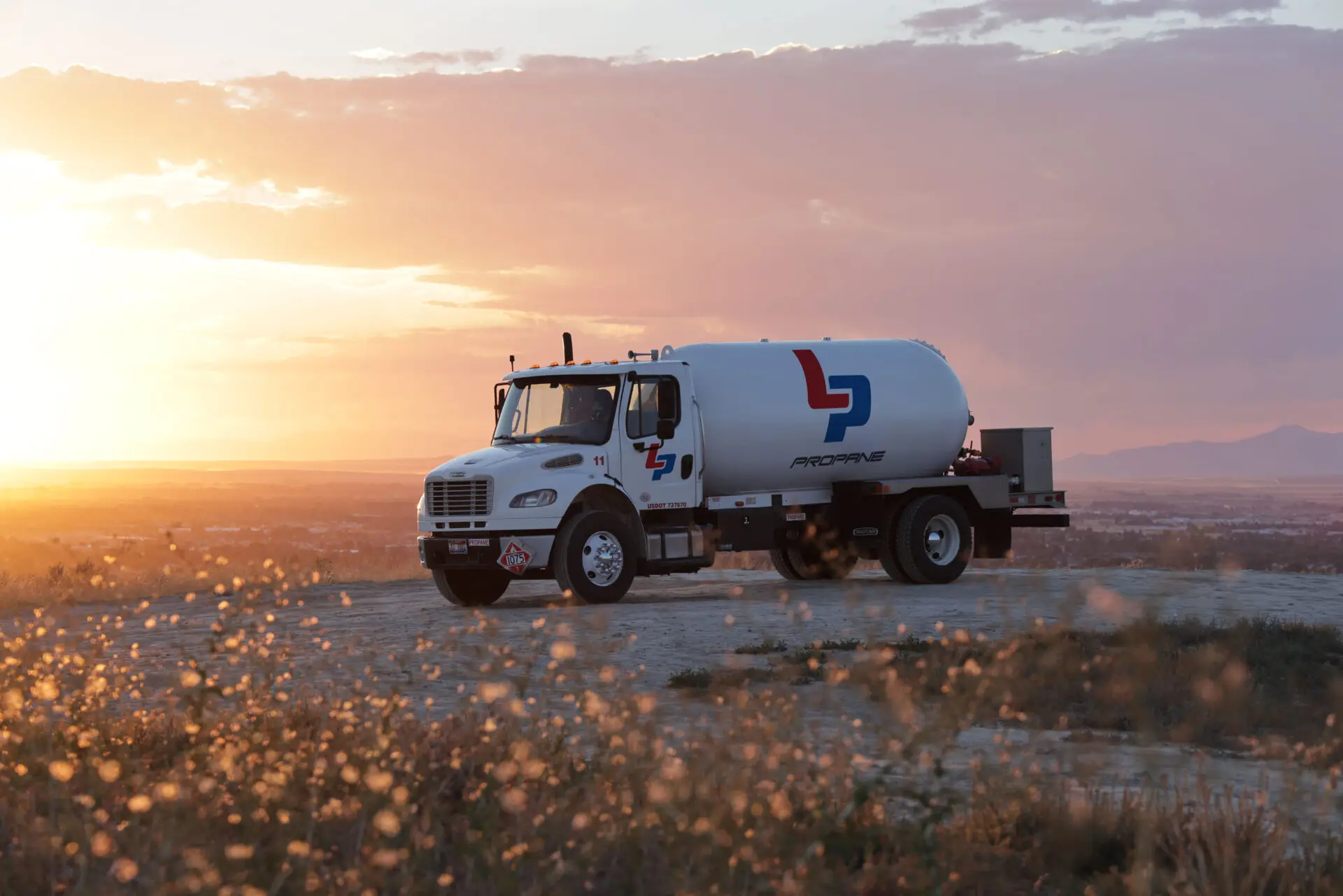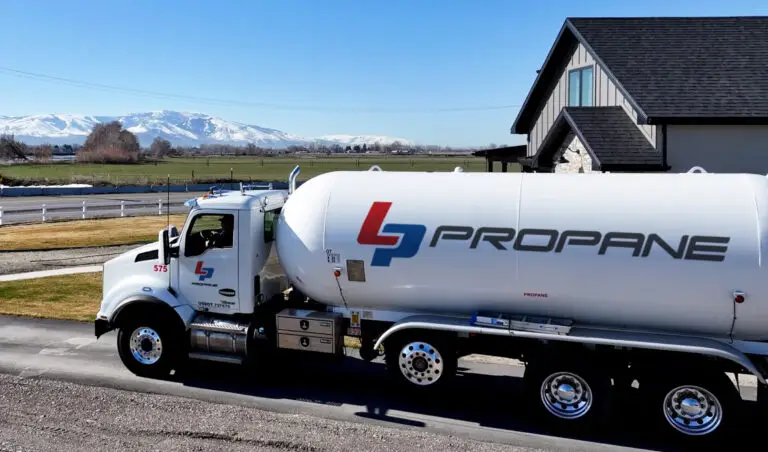
Propane Tank Certification & Requalification: What You Need to Know
Propane Tank Certification & Requalification: What You Need to Know By 2025, fleet managers’ thinking is of a new world: fuel prices, sustainability, and maintenance efficiency. Gasoline and diesel fuels no longer provide cost predictability or environmental harmony necessary for

